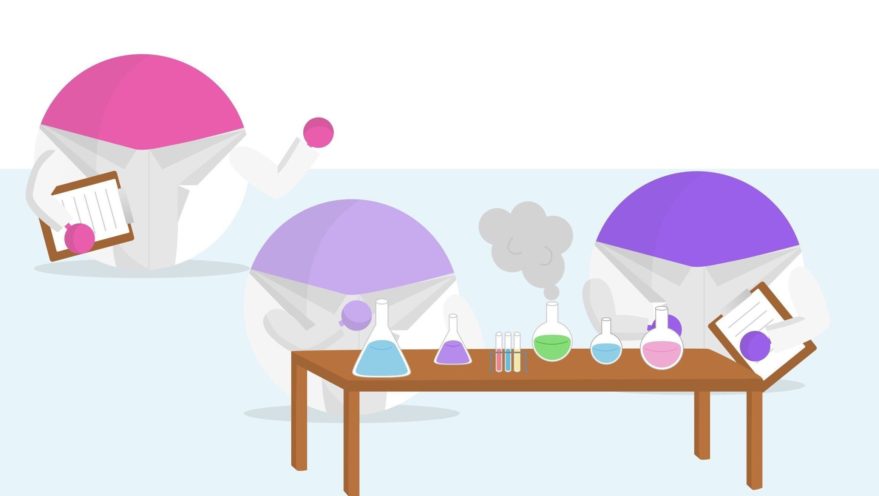Product people often struggle to overcome resistance from execs when they try to move away from a timeline roadmap. They’re always expected to give a level of certainty about what will be delivered and when.
Below are some arguments to help you make the case to move away from timelines to being experimentation-driven.
Remember, you’re not asking for anything different from how other divisions already work.
You’re surrounded by experimentation-driven teams in your company, but they’re able to communicate their ways of working in ways that the execs can accept. Product managers are stuck with old tools and old arguments.
The product team is the only one asked to give the certainty of a timeline roadmap with delivery dates. The team ends up adding buffers and setting expectations around the roadmapping work so that this work takes longer than it should. No other team works in this way.
Sales teams run experiments
The chief revenue officer and VP of sales don’t present timelines that show customers buying products on specific dates, instead they talk about the sales pipeline. They come up with a general value for the pipeline, but never agree to pin it down to exact dollars or dates.
They then take their potential pipeline and use it to justify the budget they ask for. Perhaps it costs $1million a year to run the sales team, so they want $250,000 to fund sales operations for the quarter.
This gets them their dozen or so sales people, all of whom will, essentially, ‘run experiments’. And by experiments, I mean pick up the phone (or hammer their leads’ inboxes) and try to sell. Some of those calls/experiments will fail, but some will succeed and move to the next stage. They’ll also regularly learn and adapt their scripts and techniques based on the results of their experiments.
At the end of the quarter, their sales numbers will have gone up and to the right – someone is buying, but they didn’t know at the start of the quarter who it would be. With clear targets and the space to run experiments (and the budget for their team, tools and processes to do their job), then, under normal circumstances and good leadership, sales numbers will continue to go in the right direction.
Marketing is the same
We’ve all heard the saying “Half your ad dollars are wasted, you just don’t know which half”. That’s indicative of a team that has been given the freedom and budget to experiment, with an acceptance that not all experiments will work.
Product people aren’t asking for anything more.
We only want enough budget to cover the team and tools needed, clarity on the goals (OKRs work well here), and the space and permission to run experiment-driven product development.
If a product team is given the space to run experiment-driven development, running as many experiments as they can for a whole quarter, all aimed at the same aligned goal, they will almost certainly make progress towards that goal. Some experiments will fail, some will succeed, and there will be a lot of learning along the way, provided there are good processes for retrospectives and capturing learning.
Experiment-driven product development produces better results
The team working in this way will produce much better results than a team that tried to pin down its every move, up-front, at the start of a quarter. That team will have wasted time just planning/reporting and not learning and iterating as they could have done.
So the next time you feel pressure to deliver a timeline roadmap please raise this point: no other team works under such constraints and the best teams, across the company, deliver best with an experimentation-driven way of working.
The post The rest of your company is experimentation driven, you should be too appeared first on ProdPad | Product Management Software.

